blog
Interview with Featured Photographer Rui Costa
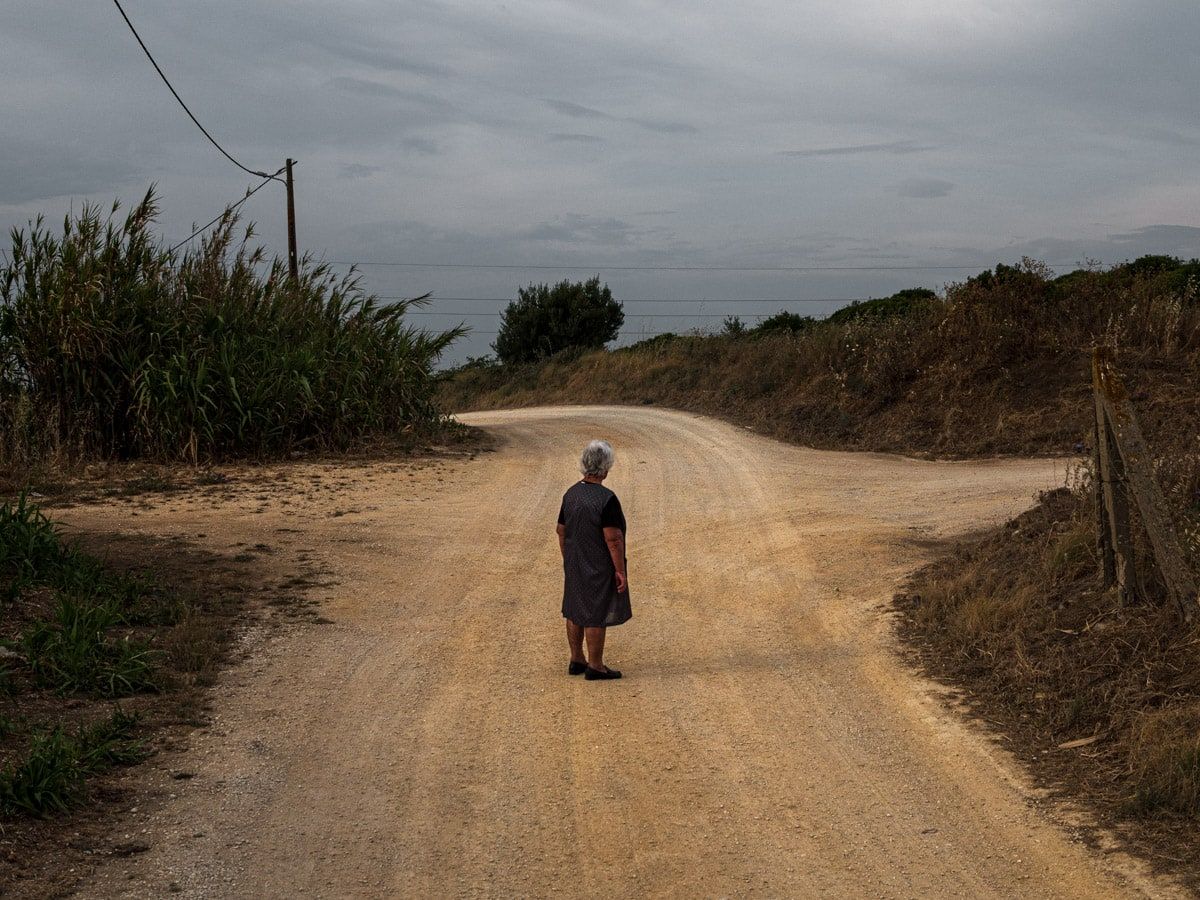
From ‘Uma azeitona bordada em azul’ © Rui Costa
Rui Costa’s work in “Uma Azeitona Bordada em Azul” (An Olive Embroidered on Blue) is an honest, sensitive and fragile exploration of family dynamics and personal loss. His work immediately reminded me of the work of another Portuguese photographer featured in F-Stop Magazine, Maria Oliveira. Costa’s poetic and symbolic exploration of intangible emotions are expressed beautifully and visually in this portfolio of images is featured in Issue #122-Portfolio 2023.
Cary Benbow (CB): Do you feel that where did you grew up and spent your formative years influences the way you work or create?
Rui Costa (RC): I’ve always liked to observe my surroundings since I was little. I remember drawing a lot as a child and how much I enjoyed those moments of observation where I could express myself creatively. Photography came much later and it wasn’t until I was thirty that I decided to invest in it more fully and seriously. Basically, this need to communicate through my eyes has always been with me, but it was only recently that I realised its importance. I’ve always lived on the outskirts of Lisbon, between the city and the countryside, and I think that this environment is naturally present in my images.
CB: What inspires your art or what kind of stories do you wish to tell?
RC: As my contact with photography has become closer, my way of relating to it and using it as a means of expression has also undergone some changes. At the moment, regardless of the “central theme” I want to explore through a photographic project, I must first feel the need to try to understand it. There must be something that connects me to the theme and motivates the start of a new work, which can be a personal experience or a particular event, but it is essential that there is this connection between the theme and me.
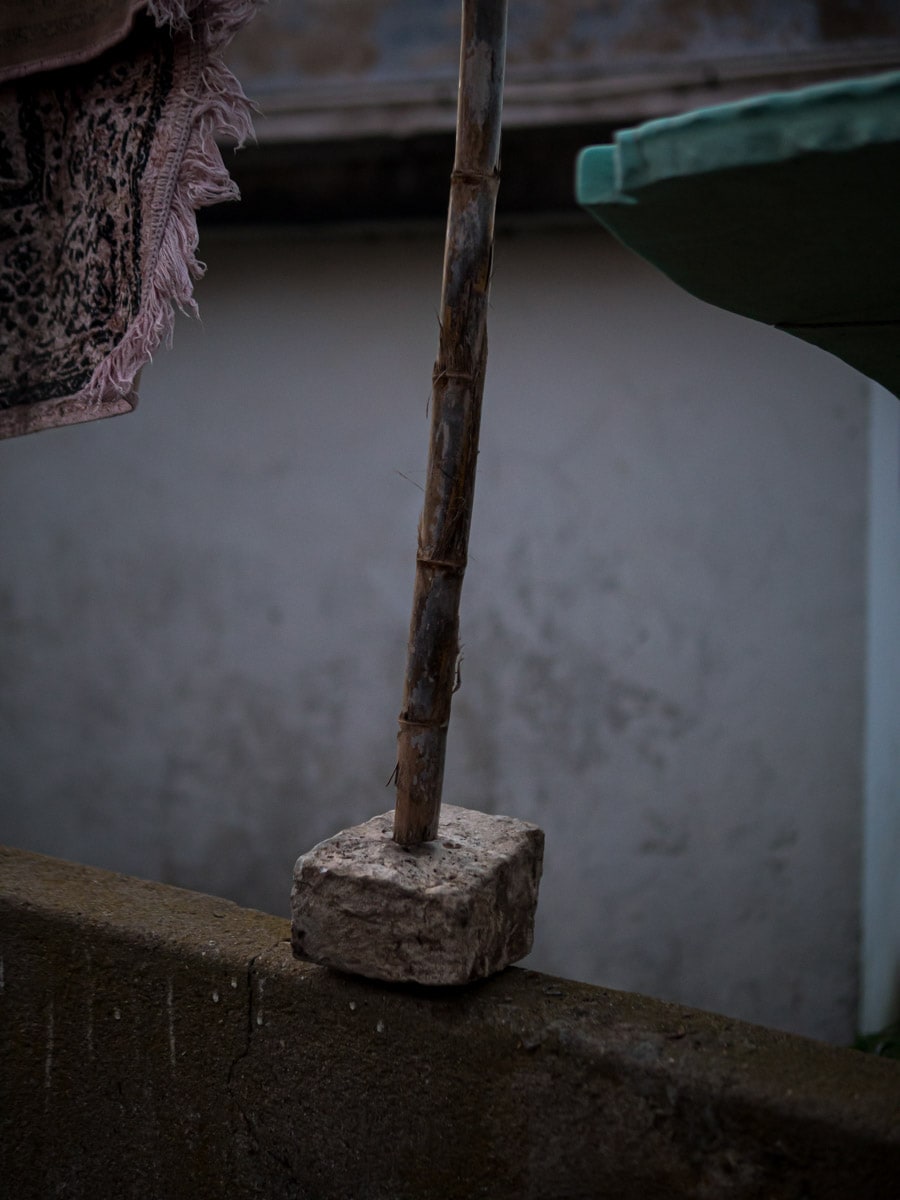
From ‘Uma Azeitona Bordada em Azul’ © Rui Costa
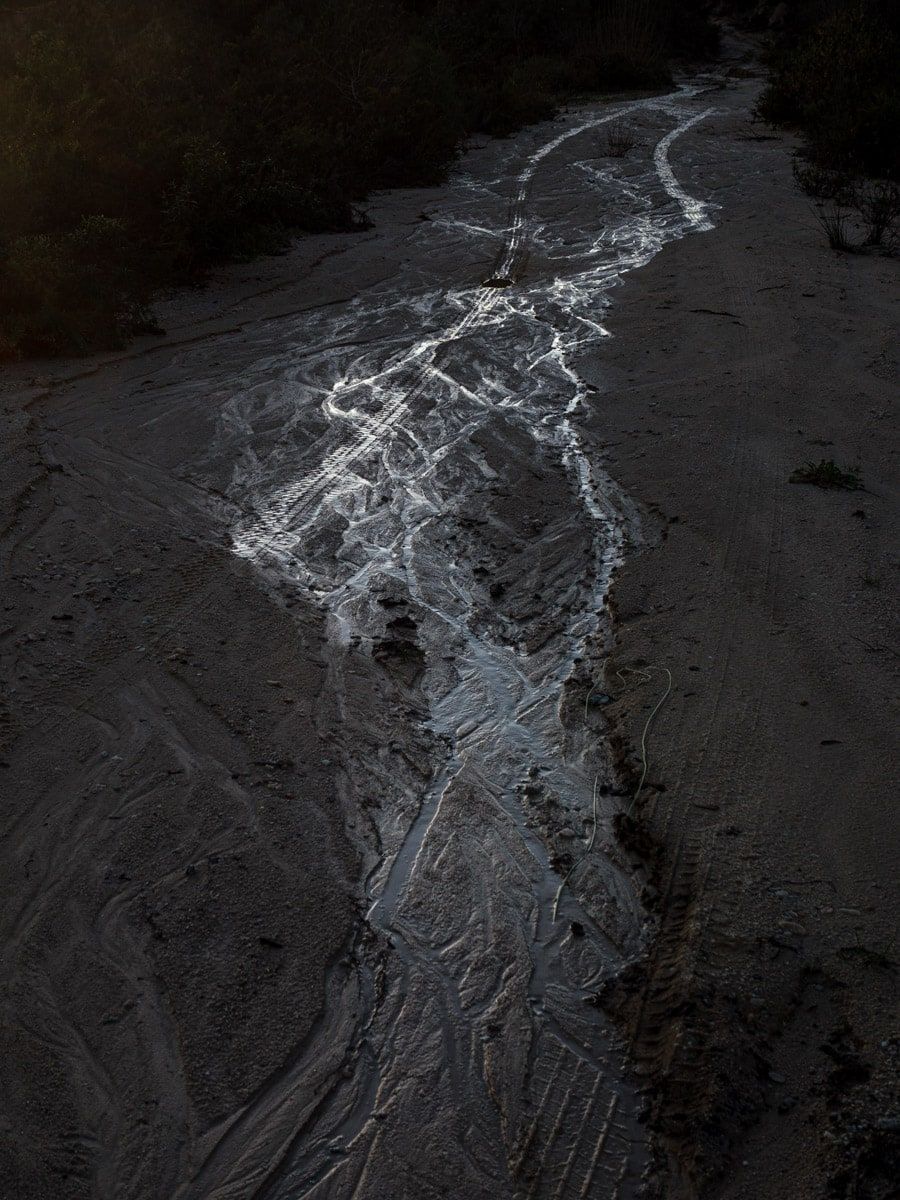
From ‘Uma Azeitona Bordada em Azul’ © Rui Costa
CB: Artists over time have addressed feelings of anxiety, depression, fears, and loss. Since this work deals with very personal issues, what inspired you to express them in “Uma Azeitona Bordada em Azul”?
RC: First of all, I decided to do this essay because I felt that I could use photography as a means of understanding someone very close to me and at the same time being more present. It was a somewhat gruelling process because I had to immerse myself in darker memories and environments to get the feeling I wanted through the images, but at the same time it was very rewarding because this presence ended up having an extremely positive impact on my grandmother’s life.
The reactions to the work have also been very motivating and moving. There are people who identify with this family reality and to know that my project can make people aware that similar situations don’t happen is something unique.
The reactions to the work have also been very motivating and moving. There are people who identify with this family reality and to know that my project can make people aware that similar situations don’t happen is something unique.
CB: There are so many ways to express oneself in a 21st-century world — your artist statement and the work in this portfolio is very poetic in nature. What makes photography your choice of expression?
RC: I have always felt a great need to contemplate the reality that surrounds me. And through photography I can record this contemplation and represent something I feel through symbolism, while at the same time questioning and getting closer to those who identify with this representation, taking into account the most varied experiences. The photography you propose is very broad and therefore gets closer to the people who observe it.
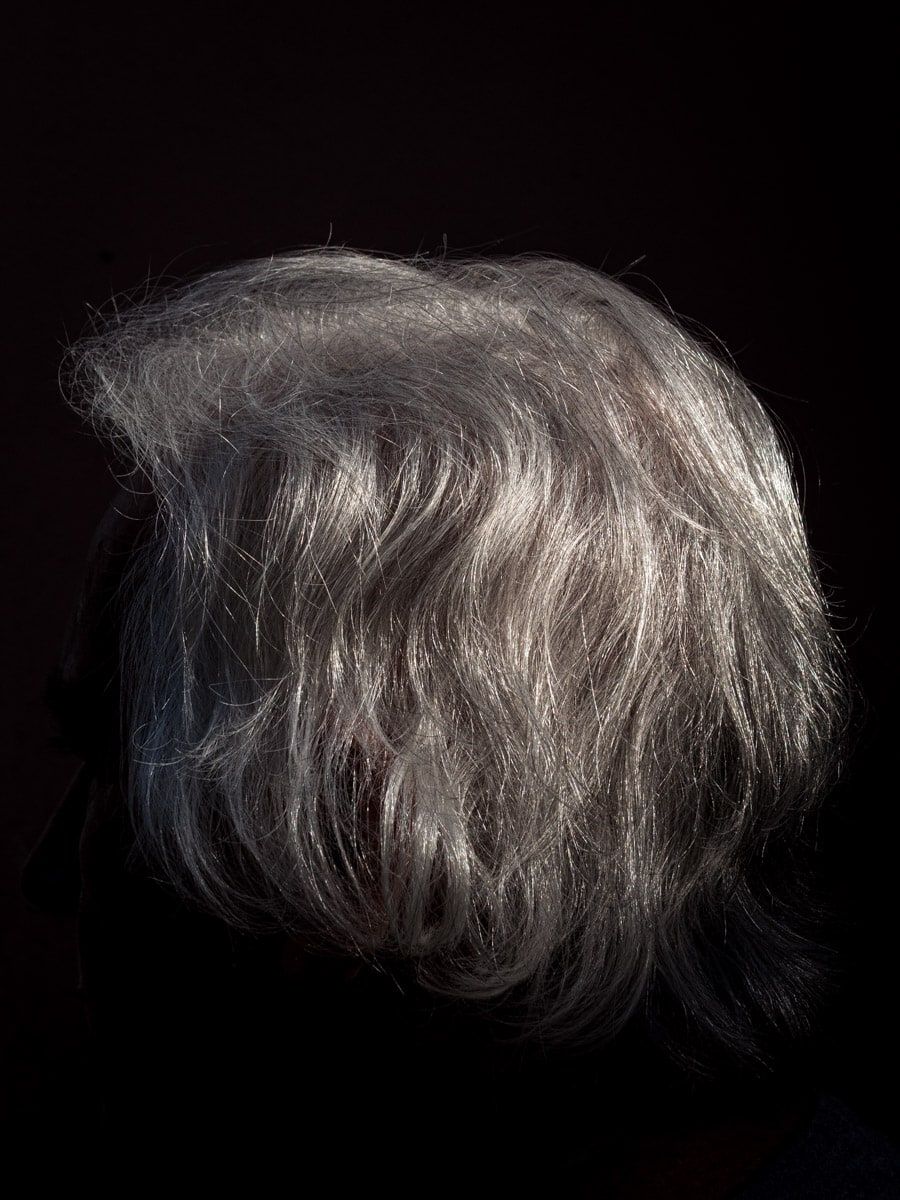
From ‘Uma Azeitona Bordada em Azul’ © Rui Costa
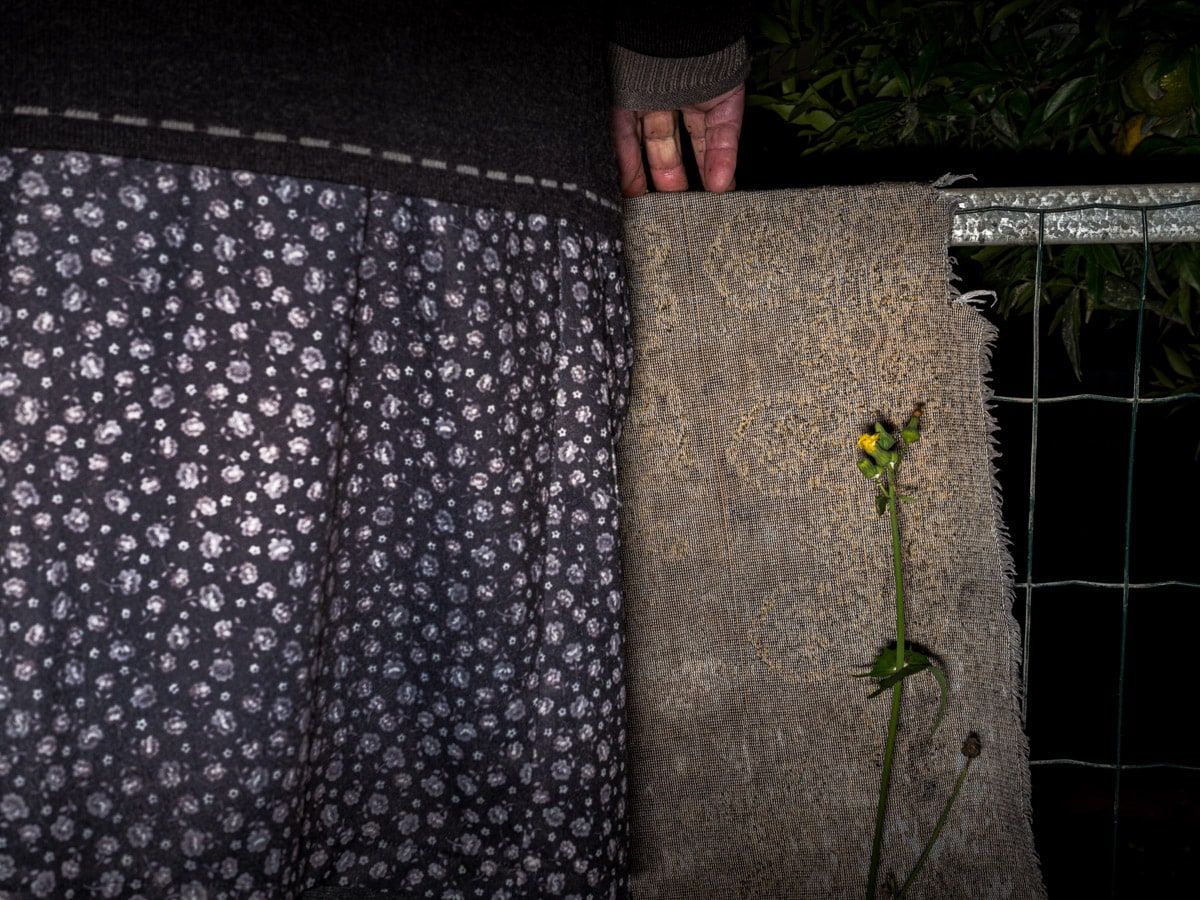
From ‘Uma Azeitona Bordada em Azul’ © Rui Costa
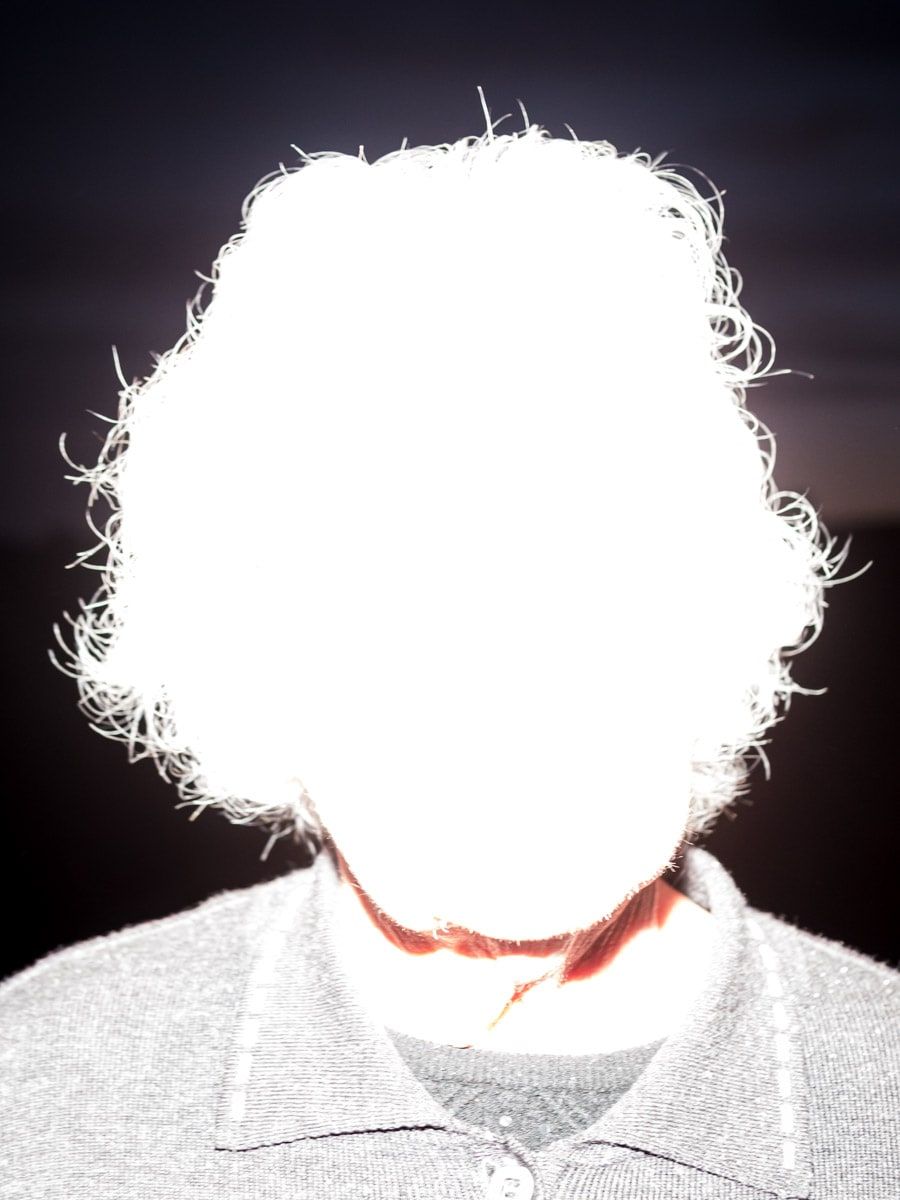
From ‘Uma Azeitona Bordada em Azul’ © Rui Costa
CB: Let’s talk about the ideas behind your work submitted to this issue? How do they relate to your other projects, or how are they significantly different?
RC: Given the sensitive subject of this essay – suicide – it was important to me that the photographs didn’t reveal anything obvious, so I decided to use symbolism to deconstruct the subject, always trying to suggest what it might be rather than what it would be.
CB: How do you define a good photograph?
RC: For me, a good photograph has depth, intimacy and an impact that you don’t see when you look at it, but only when you think about its content.
CB: Your work in “Uma Azeitona Bordada em Azul” is very specific to your personal experience. Do you feel your work makes a comment on a broader level as well as the personal level? Why?
RC: Yes, by choosing a more poetic and subjective approach, the project becomes closer to people. The decision not to identify my grandmother also emphasises this closeness, because by not relating the theme to a particular person, I’m making it broader and again closer to those who identify with it in terms of their personal experience.
CB: Who are your photography inspirations – and how does their work ‘inform’ your own creative process?
RC: In Portugal I really like the photography of Augusto Brázio, while on an international level I really admire the work of Carolyn Drake. The aesthetics and photographic approach of other photographers can inspire us a lot, but the most important thing is to be able to move away from references and follow your own path.
CB: What advice would you give to someone who wants to take on projects like yours? If you could give one piece of advice to yourself at the start of your career, what would it be?
RC: To be honest, I feel like I’m still at the beginning of my journey. However, the advice I can give to those who are just starting out is to photograph because you want to photograph, because you need to photograph. Don’t be afraid to get too involved in a photographic project, immerse yourself and feel the whole experience intensely. If you photograph something because you feel it, other people will feel that emotion when they see your images. If you only photograph to make people feel something, it won’t happen.
CB: Do you keep a journal or write about the places and people you see? If so, would you share a meaningful entry?
RC: During this project I jotted down various pieces of information, conversations with my grandmother and also thoughts about what I was feeling throughout the process. I will leave you with the last paragraph of the text I wrote for the essay.
“In the presence of the dimness, I contemplate the space that the land occupies”
Location: Online Type: Featured Photographer, Interview
Events by Location
Post Categories
Tags
- Abstract
- Alternative process
- Architecture
- Artist Talk
- artistic residency
- Biennial
- Black and White
- Book Fair
- Car culture
- Charity
- Childhood
- Children
- Cities
- Collaboration
- Community
- Cyanotype
- Documentary
- Environment
- Event
- Exhibition
- Faith
- Family
- Fashion
- Festival
- Film Review
- Food
- Friendship
- FStop20th
- Gender
- Gun Culture
- Habitat
- Hom
- home
- journal
- Landscapes
- Lecture
- Love
- Masculinity
- Mental Health
- Migration
- Museums
- Music
- Nature
- Night
- nuclear
- p
- photographic residency
- Photomontage
- Plants
- Podcast
- Portraits
- Prairies
- Religion
- River
- Still Life
- Street Photography
- Tourism
- UFO
- Water
- Zine

Leave a Reply